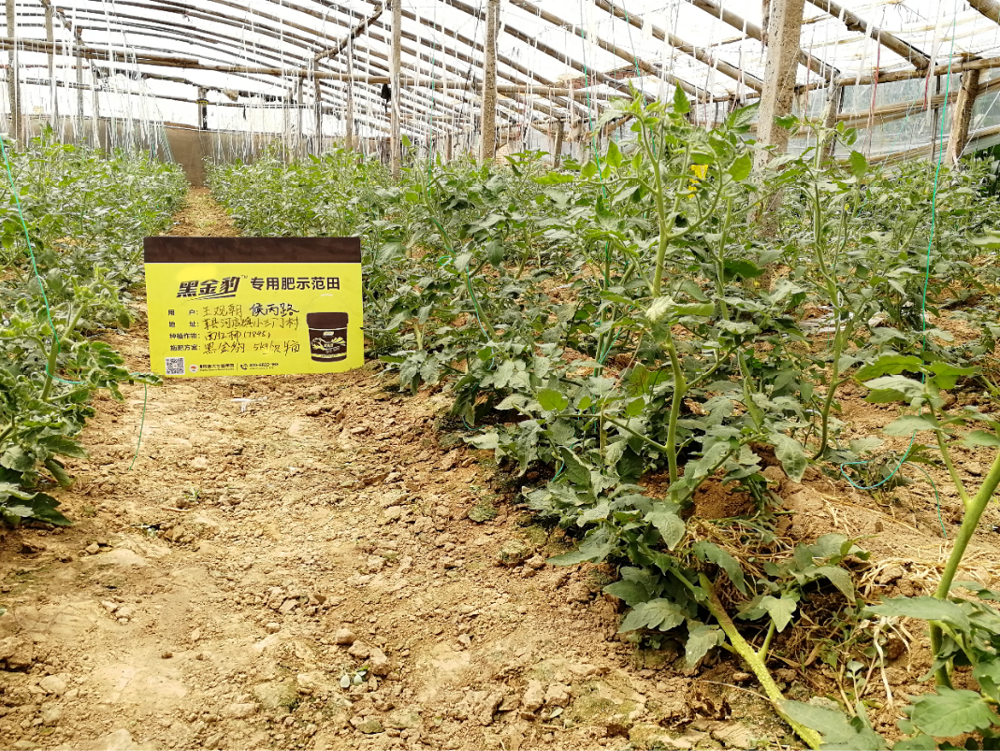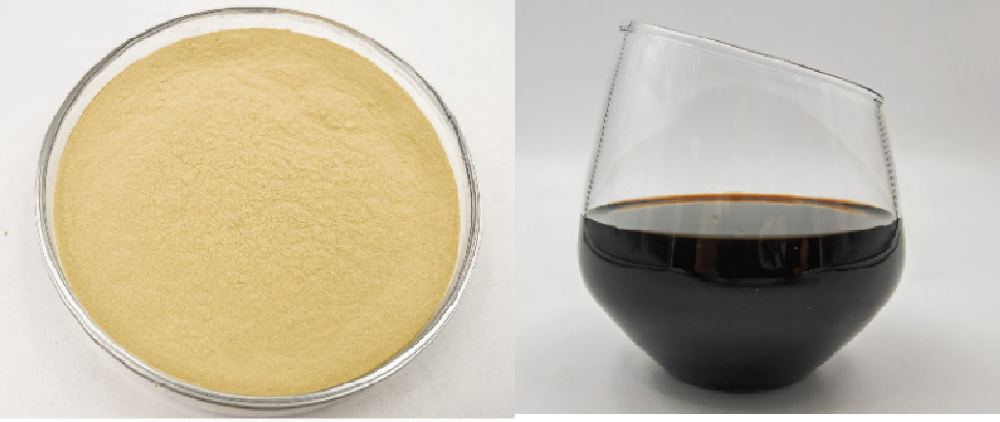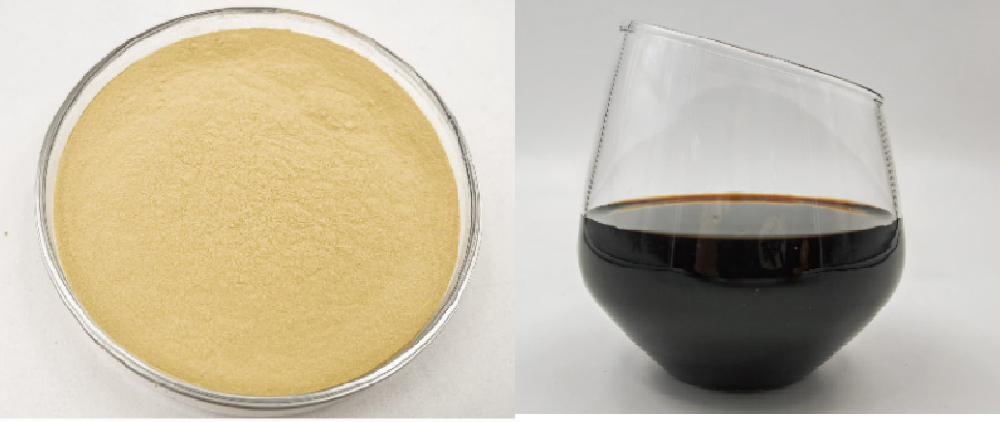The Core Role of Seaweed Extracts in Agriculture
Seaweed extracts, a key category of biostimulants, play an essential role in modern agricultural green development. By regulating plant physiological metabolism, enhancing stress resistance, and promoting nutrient absorption, they provide multiple benefits. Biostimulants are defined as substances that are neither fertilizers nor pesticides but work by activating plant endogenous hormones at low concentrations, improving soil health, and enhancing crop yield and quality. Among various seaweed materials, brown algae (such as Ascophyllum nodosum, kelp, giant kelp, and Ectocarpus) are the mainstream choice due to their rich active ingredients like polysaccharides, betaine, and plant hormones.
Characteristics and Comparison of Mainstream Brown Algae Materials
l Ascophyllum nodosum: The Stress-Resistant "Marine Star"
Ascophyllum nodosum, commonly found in the intertidal zones of the North Atlantic and Arctic Oceans, thrives in harsh environments, including low temperatures, high salinity, and alternating dry and wet conditions. These challenging growth conditions prompt the synthesis of numerous stress-resistant bioactive substances such as alginic acid (up to 50%), brown algae polysaccharides, betaine, and various endogenous hormones (cytokinins, gibberellins, etc.). These compounds significantly enhance crops' cold and drought resistance, promote root development, and improve fruit quality.
l Kelp: Similar Composition but Higher Cost-Effectiveness
Kelp (Laminaria japonica) also grows in cold marine environments and is rich in alginic acid, mannitol, betaine, and trace hormones (such as IAA and GA). Despite having similar active components to Ascophyllum nodosum, kelp is more cost-effective due to its established farming technology and easy availability of raw materials. Studies have shown that kelp oligosaccharides (molecular weight <1000), extracted through enzymatic processes, can significantly stimulate plant endogenous hormone synthesis, yielding results comparable to Ascophyllum nodosum extracts.
l Market Perception Differences and Technological Breakthroughs
The European and American markets have long favored Ascophyllum nodosum due to early branding efforts and the promotion of its scarcity from wild resources. However, scientific analysis reveals that the active ingredients in kelp and Ascophyllum nodosum are more dependent on the extraction process than on the raw material itself. For example, Qingdao Seawin Biotech has utilized a patented enzymatic technology to break down large polysaccharides in kelp into high-activity oligosaccharides, whose growth-promoting effects even outperform traditional Ascophyllum nodosum extracts.
Enteromorpha prolifera: The Complementary Value of Emerging Raw Materials
In recent years, Enteromorpha prolifera, a green algae species, has gained attention as a new seaweed extract raw material. Its high reproductive capacity and short growth cycle have made it a viable alternative. Unlike brown algae, Enteromorpha prolifera contains unique active ingredients such as ergosterol and high levels of chlorophyll, excelling in antioxidant properties and regulating soil heavy metal pollution. The growth environment (eutrophic shallow seas) contrasts sharply with brown algae, making its active components complementary:
- Brown algae: Focused on stress resistance, root promotion, and yieldenhancement.
- Enteromorpha prolifera: Strengthens detoxification, improves soilstructure, enhances photosynthetic efficiency, and promotes growth.
Qingdao Seawin Biotech’s Technological Innovation
Qingdao Seawin Biotech has pioneered the combined application of brown algae and Enteromorpha prolifera extracts. By employing a dual-algae enzymatic extraction technology, the synergistic effects of both seaweeds’ active ingredients (such as brown algae oligosaccharides and Enteromorpha polysaccharides) are enhanced. For example, in saline-alkali land remediation, the brown algae extract improves crop salt tolerance and promotes root development, while Enteromorpha prolifera helps to improve soil structure, reduce soil EC levels, and increase crop vigor. The comprehensive effect results in a 30% improvement in overall crop performance.
Future Trends: Raw Material Diversification and Process Refinement
l Breaking the Limitation of Single Raw Materials
The scarcity and high cost of Ascophyllum nodosum have driven companies to explore alternative materials like kelp and Enteromorpha prolifera. Validating their equivalency through component analysis and field trial data is key to success.
l Process Upgrades Determine Competitiveness
Whether from brown algae or Enteromorpha prolifera, enzymatic and targeted degradation technologies are crucial in releasing small molecule active substances. For instance, low-temperature enzymatic methods preserve heat-sensitive hormones (such as cytokinins), while controlling the oligosaccharide molecular weight (<1000) directly affects plant absorption efficiency.
l Market Validation: The Ultimate Standard of Effectiveness
The value of seaweed extracts ultimately needs to be proven through actual field performance. Although the European and American markets have a long-standing preference for Ascophyllum nodosum, kelp extracts have already accumulated significant success stories in regions such as Asia and Africa. For example, Qingdao Seawin Biotech's products, through field trial data (e.g., 5-15% yield increase, 10-30% improvement in NPK utilization), and user feedback, have validated the equivalency and even superiority of kelp extracts over Ascophyllum nodosum-based products. The market remains the ultimate test for effectiveness, and technological innovations (such as the brown algae-Enteromorpha combination) are driving clients to shift from "raw material superstition" to an "effect-driven" approach.
Conclusion
The value of seaweed extracts lies not only in the variety of raw materials but also in how technology can unlock their full potential. The similarity of components between Ascophyllum nodosum and kelp provides opportunities for cost optimization, while the introduction of Enteromorpha prolifera expands functional boundaries. Qingdao Seawin Biotech’s blended model sets an industry benchmark, and the future will see continuous efforts in standardizing processes and diversifying raw materials to meet the global agricultural sustainability demands.




